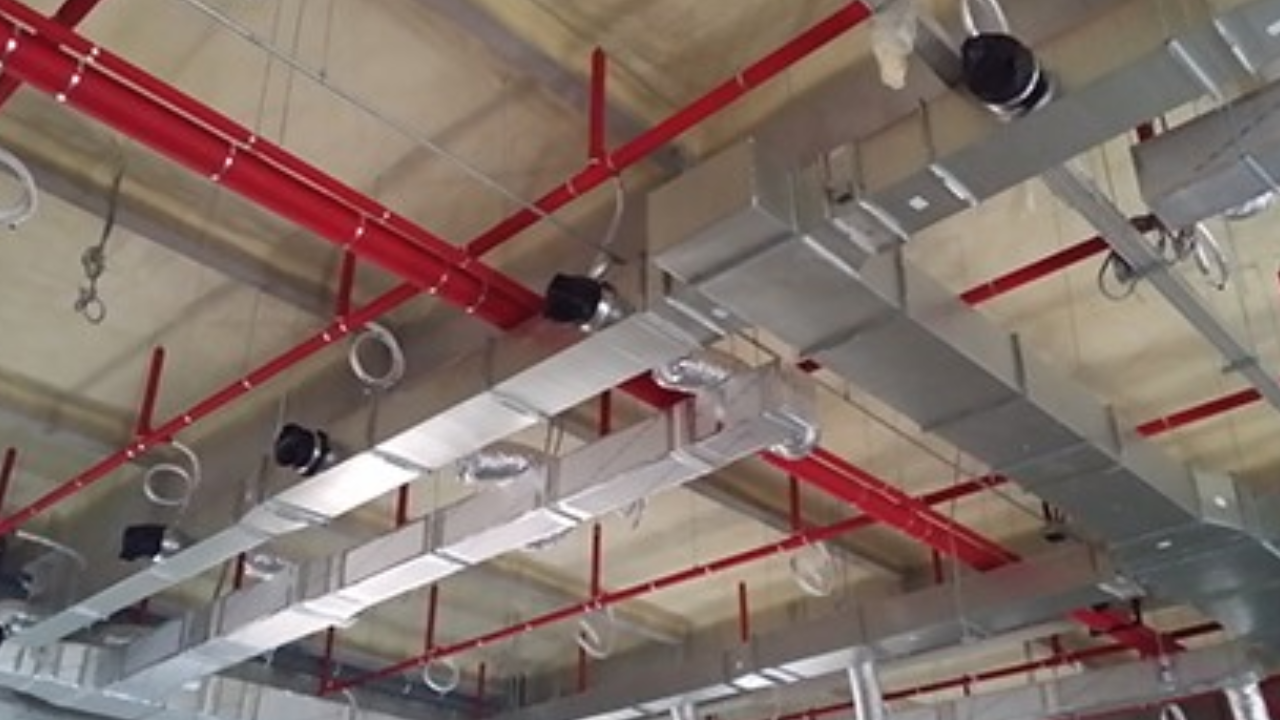Changes in schedule 40 pipe dimensions have full-size implications for the design and format of a piping system. These influences can be broadly labeled into numerous key regions: glide ability, strain rankings, structural aid, fabric expenses, installation complexity, device efficiency, and compliance with requirements. Each of those elements is vital in ensuring that the piping machine operates efficiently, safely, and within the price range.
The schedule 40 dimensions are crucial as they without delay affect the pipe’s power, stress score, and float potential. The standardized wall thickness ensures reliability throughout various programs, from residential plumbing to industrial structures.
Correct dimensions assist in maintaining structural integrity underneath stress and temperature fluctuations, at the same time also affecting material expenses, set-up complexity, and system efficiency. Typically, schedule 40 pipe dimensions play an important role in designing effective, long-lasting, and cost-efficient piping structures.
Effect of Schedule 40 Pipe Dimensions on Piping System
Adjustments in these dimensions can notably affect drift potential, pressure ratings, structural assist requirements, fabric prices, set-up complexity, gadget efficiency, and compliance with standards. By carefully thinking about these elements, engineers and architects can create piping systems that are eco-friendly, secure, and value-effective, meeting the needs of numerous programs whilst ensuring lengthy-term performance and compliance. Here’s a thorough study of how those dimensions affect universal piping system design and format:
Flow Capacity
Dimensions of schedule 40 pipes, specifically the inner diameter (identification), directly impact the flow ability of the piping device. Large internal diameters allow for higher float quotes, lowering the danger of bottlenecks inside the machine. Adjustments in pipe dimensions can affect the stress drop throughout the machine. A larger diameter usually decreases stress drop, enhancing system efficiency. Engineers need to calculate the required pipe sizes to make sure the desired glide charges are executed without immoderate stress loss. The format must decrease sharp bends and unexpected modifications in diameter to avoid turbulence and keep a clean flow.
Pressure Rating
The wall thickness of schedule 40 pipes influences their stress scores, figuring out their suitability for specific packages. Thicker partitions usually offer better stress rankings, imparting more safety margins for high-strain applications. Ensuring that the pipes can withstand the most predicted stress is vital to save you from disasters and leaks. Structures must be tested below the maximum anticipated pressure to confirm integrity. The material of the pipes needs to be selected based on its pressure dealing with abilities alongside its wall thickness.
Structural Support
Heavier and large-diameter pipes require greater study support structures to preserve stability and save you from sagging. The space among help ought to be calculated to prevent bending or sagging, which can cause pressure and ability failure. Targeted design of aid systems is vital to ensure balance and distribute the burden evenly. Adequate planning is needed to ensure that help is established successfully and at precise intervals.
Material Cost
The size of schedule 40 pipes has an impact on the quantity of material required, impacting the general cost. Larger and thicker pipes use extra material, which increases initial purchase fees. At the same time as thicker pipes may cost a little greater initially, their durability can reduce long-term renovation and alternative charges. Accurate price estimation is vital for budgeting and financial making plans. Selecting appropriate pipe dimensions for stability fee and performance is essential.
Installation Complexity
Larger and heavier pipes are extra challenging to put in, requiring a specialized system and more labor. Heavier pipes may also require more workers or mechanical lifting devices, increasing exertion prices. More complex installations can increase project timelines. Unique making plans and scheduling are hard to ensure efficient setup. Employees have to be appropriately educated in dealing with and putting in large pipes to make certain protection and efficiency.
System Efficiency
Pipe dimensions affect the general efficiency of the machine, including energy consumption and operational costs. Large pipes with lower strain drops can reduce strength intake in pumping systems. Eco-systems with optimized pipe dimensions can decrease operational expenses over the system’s life cycle. Designing for ideal go-with-the-flow and minimal strain loss can notably improve electricity efficiency. Consideration of long-term operational fees in the layout section can cause more fee-effective structures.
Compliance with Standards
Adhering to enterprise standards and codes is vital for safety, performance, and regulatory compliance. Compliance guarantees that the system meets safety requirements, lowering the hazard of screw-ups and accidents. Adhering to codes and requirements is vital for acquiring necessary approvals and certifications. Understanding and incorporating applicable requirements into the design technique is vital. Right documentation and document-retaining make sure compliance and facilitate inspections.
Summary
The scale of schedule 40 pipes plays an essential role within the layout and format of a piping device. Heavier pipes require extra hard work and a specialized system, growing installation fees, and time. Right planning, education, and safety measures are vital. Optimizing pipe dimensions for waft and stress can lessen power consumption and operational charges. Power efficiency and operational making plans must be prioritized.

